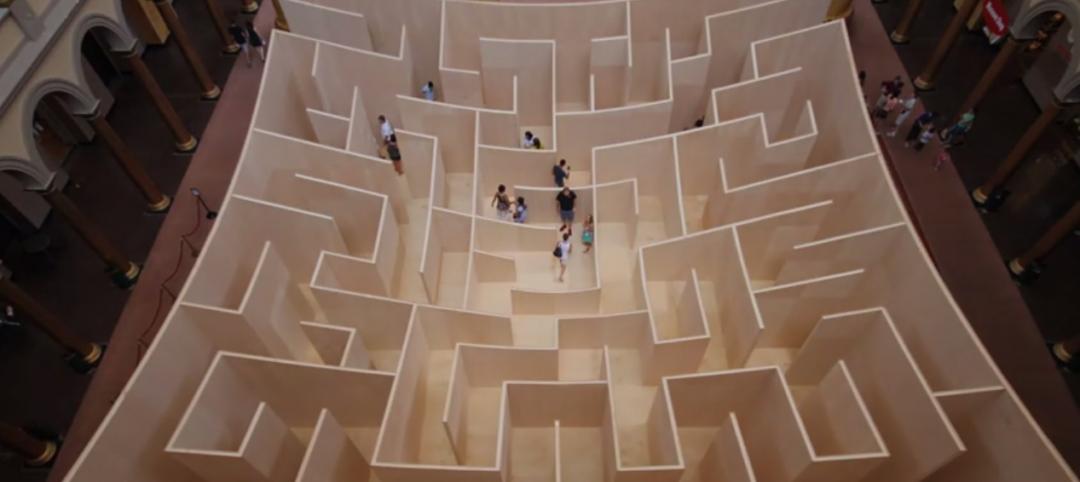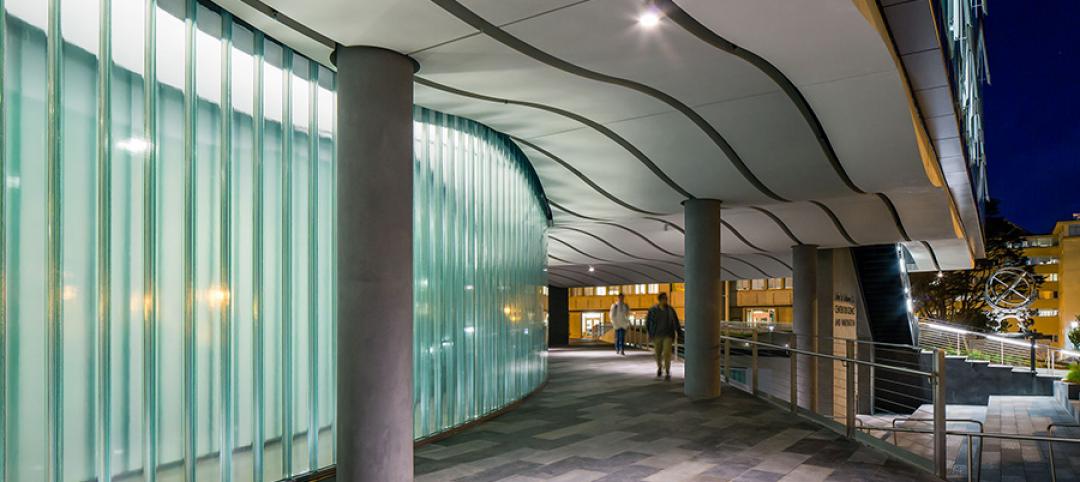The American Institute of Architects (AIA) has produced a report assessing the work of firms that are part of the AIA 2030 Commitment, a voluntary initiative to commit their practice to advancing the AIA’s goal of carbon-neutral buildings by the year 2030.
The key findings from the AIA 2030 2014 Progress Report include:
- 140 firms submitted reports – a 41% increase from 2013
- 2.4 billion gross square feet (GSF) represented in this data – a 50% increase YoY
- 4,354 projects have been accounted for in this report – a 78% increase
- 413 design projects are meeting the 60% carbon reduction target – a 3% increase
- 197 net-zero energy projects – a 270% increase
- 22% average firm reduction in Lighting Power Density for interior projects – a increase of 3%
- 34% average Predicted Energy Use Intensity reduction reported by firms – a decrease of 3%
- 11% of total GSF meeting the current 60% carbon reduction target – an increase of 4%
- 53% of total GSF using energy modeling to predict operational energy consumption – a 13% decrease
In order to make data reporting easier the AIA partnered with the Department of Energy to create the AIA 2030 Design Data Exchange (DDx), an online monitoring, reporting and research tool for architecture firms. See user feedback and access the tool here.
The AIA has also partnered with Architecture 2030 and AIA Seattle to launch an educational program aimed at providing AIA members and other design professionals with the high-performance building knowledge necessary to meet the 2030 Challenge targets.
Related Stories
| Jul 8, 2014
Frank Lloyd Wright's posthumous gas station opens in Buffalo
Eighty-seven years after Frank Lloyd Wright designed an ornamental gas station for the city of Buffalo, the structure has been built and opened to the public—inside an auto museum.
| Jul 8, 2014
Lost in the Museum: Bjarke Ingels' maze will make you look up and around
The maze, located in the National Building Museum, is a precursor to an exhibit showcasing some of BIG's projects. To navigate the maze, people must look up.
| Jul 7, 2014
5 factors that can affect thermal stress break risk of insulated glass units
The glass type, glass coating, shading patterns, vents, and framing system can impact an IGU’s risk for a thermal break.
| Jul 7, 2014
Team unity pays off for a new hospital in Maine [2014 Building Team Awards]
Extensive use of local contractors, vendors, and laborers brings a Maine hospital project in months ahead of schedule.
| Jul 7, 2014
7 emerging design trends in brick buildings
From wild architectural shapes to unique color blends and pattern arrangements, these projects demonstrate the design possibilities of brick.
| Jul 7, 2014
A climate-controlled city is Dubai's newest colossal project
To add to Dubai's already impressive portfolio of world's tallest tower and world's largest natural flower garden, Dubai Holding has plans to build the world's largest climate-controlled city.
Sponsored | | Jul 7, 2014
Channel glass illuminates science at the University of San Francisco
The University of San Francisco’s new John Lo Schiavo Center for Science and Innovation brings science to the forefront of academic life. Its glossy, three-story exterior invites students into the facility, and then flows sleekly down into the hillside where below-grade laboratories and classrooms make efficient use of space on the landlocked campus.
| Jul 7, 2014
How to keep an employee from jumping ship
The secret to keeping your best employees productive and happy isn’t throwing money at them, as studies have continuously shown that money isn’t the top factor in employee happiness. Here are four strategies from leadership coach Kristi Hedges. SPONSORED CONTENT
| Jul 7, 2014
Nothing fixes a bad manager
Companies seem to try everything imaginable to fix their workplaces, says Gallup Chairman and CEO Jim Clifton in a recent blog post, except the only thing that matters: naming the right person manager. SPONSORED CONTENT
| Jul 3, 2014
Gehry edits Canadian skyscraper plan to be 'more Toronto'
After being criticized for the original tower complex, architect Frank Gehry unveils a new design that is more subtle, and "more Toronto."

















